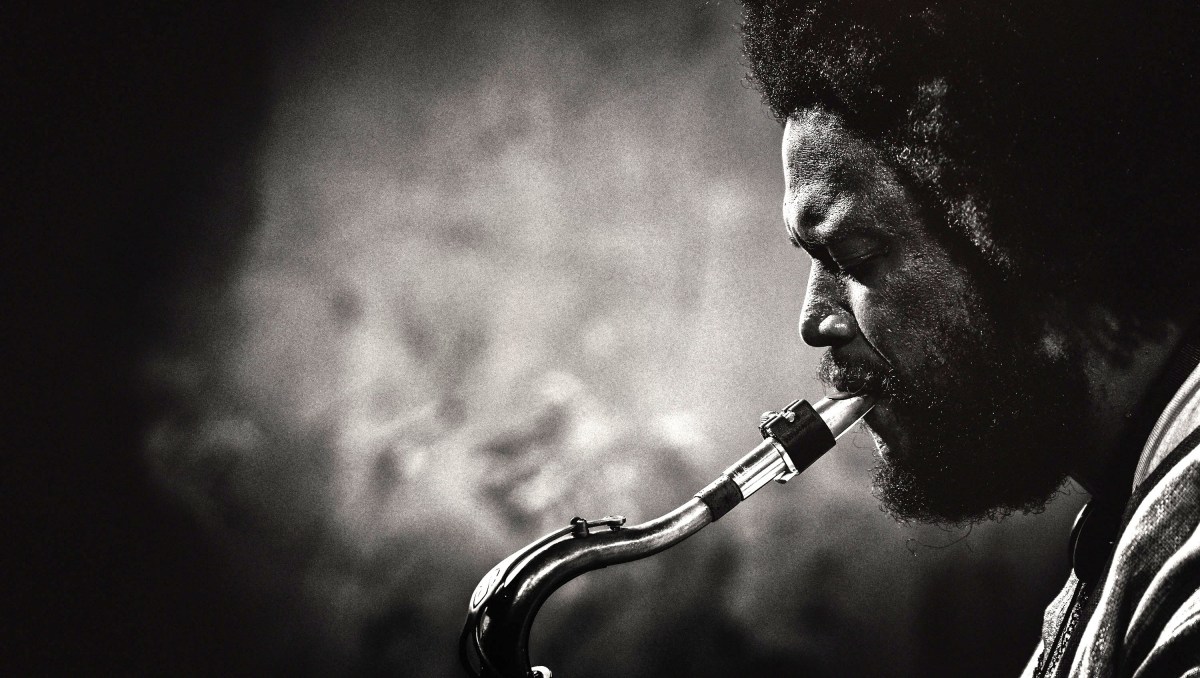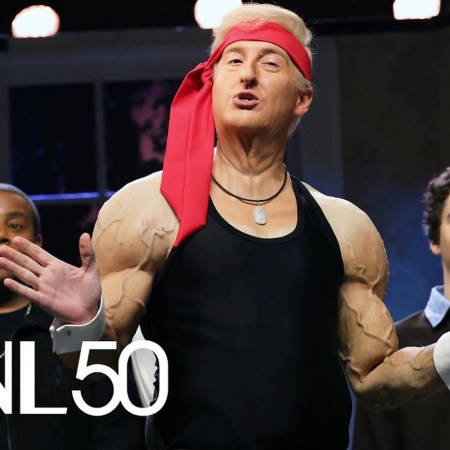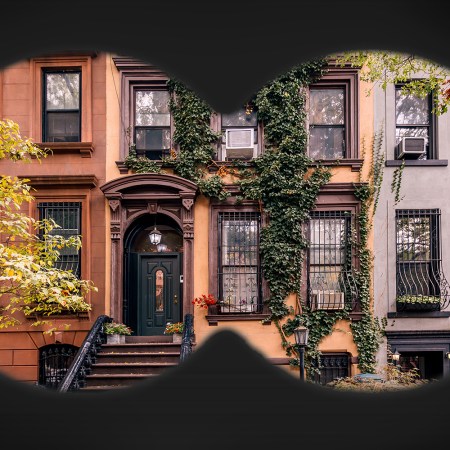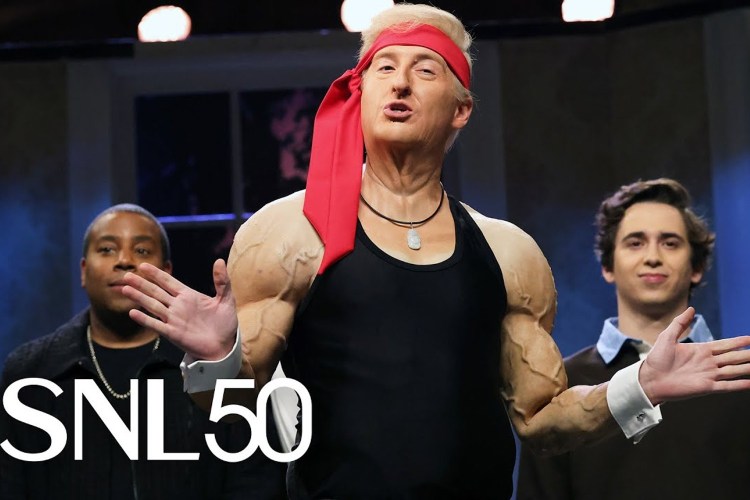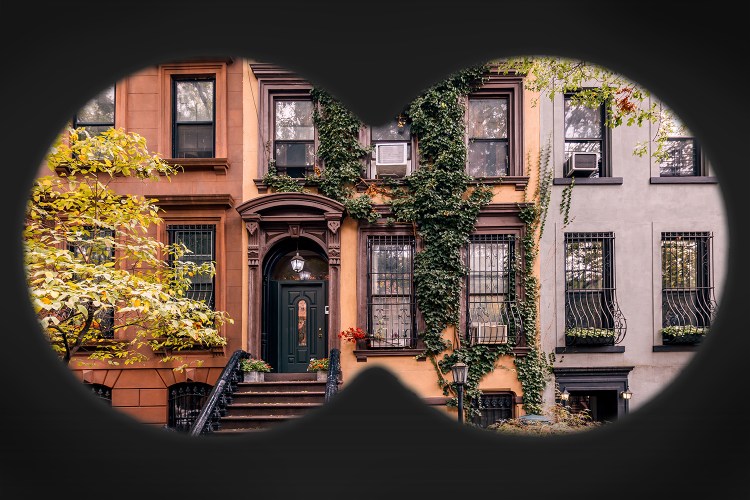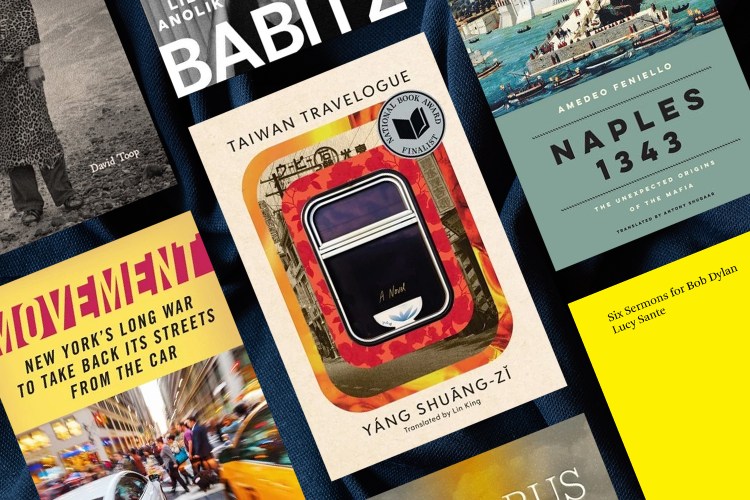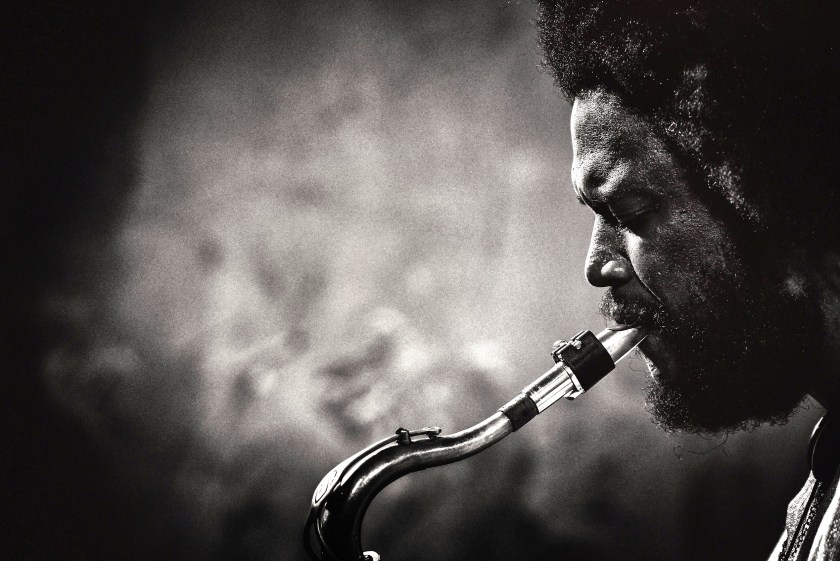
There was a time when jazz “purists” and “experimentalists” squabbled for the soul of their musical genre. This black-or-white dichotomy created a deep divide between the musicians, manifesting in a period of darkness for jazz where neither party produced anything as vibrant as the generation that broke ground before them. Today, this war is over. The divide no longer exists, because for contemporary musicians, jazz is both.
Evidence can be seen in J.D. Allen’s album Americana, both in its rich content and also the subtitle (Musings on Jazz and Blues). Not only does Allen embrace the Jim Crow-origins of blues, out of which grew jazz, but he fuses the two together. Indeed, the growth and popularity of jazz music has overflowed the usual boundaries of the genre. From Tony Bennett and Lady Gaga collaborating on a jazz album to Kendrick Lamar’s producer Terrace Martin bringing a jazz influence to hip-hop, it has penetrated pop culture.
At the same time, the genre has managed to become accepted by the pop’s polar opposite: classical. Here’s The Guardian‘s music critic Seth Colter Walls’ take:
“At the same time as jazz’s connection to popular forms has been strengthened, there’s been a simultaneous opening up of the classical music establishment’s gates, as well. Whereas jazz-affiliated players were once rarely invited to participate in the ‘new music’ festivals where contemporary compositions were debuted, now we can see artists like the drummer-composer Sorey presenting new pieces during Lincoln Center’s Mostly Mozart festival. (Sorey’s new album also displays his unique understanding of both improvisation and composition.) Likewise, you can hear saxophonist Anthony Braxton’s compositions performed by progressive chamber ensembles – and reviewed by classical critics.”
Read the full story by Walls here. Listen to our curation of contemporary jazz artists below.
This article was featured in the InsideHook newsletter. Sign up now.
